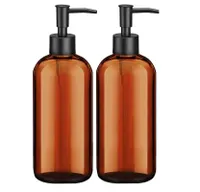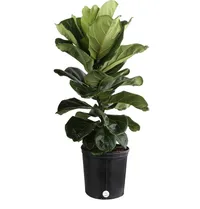Is copper the key to cleanliness? How to design a hygienic bathroom that still looks on-trend
How to design a hygienic bathroom? It all comes down to the materials you use and keeping the space uncluttered

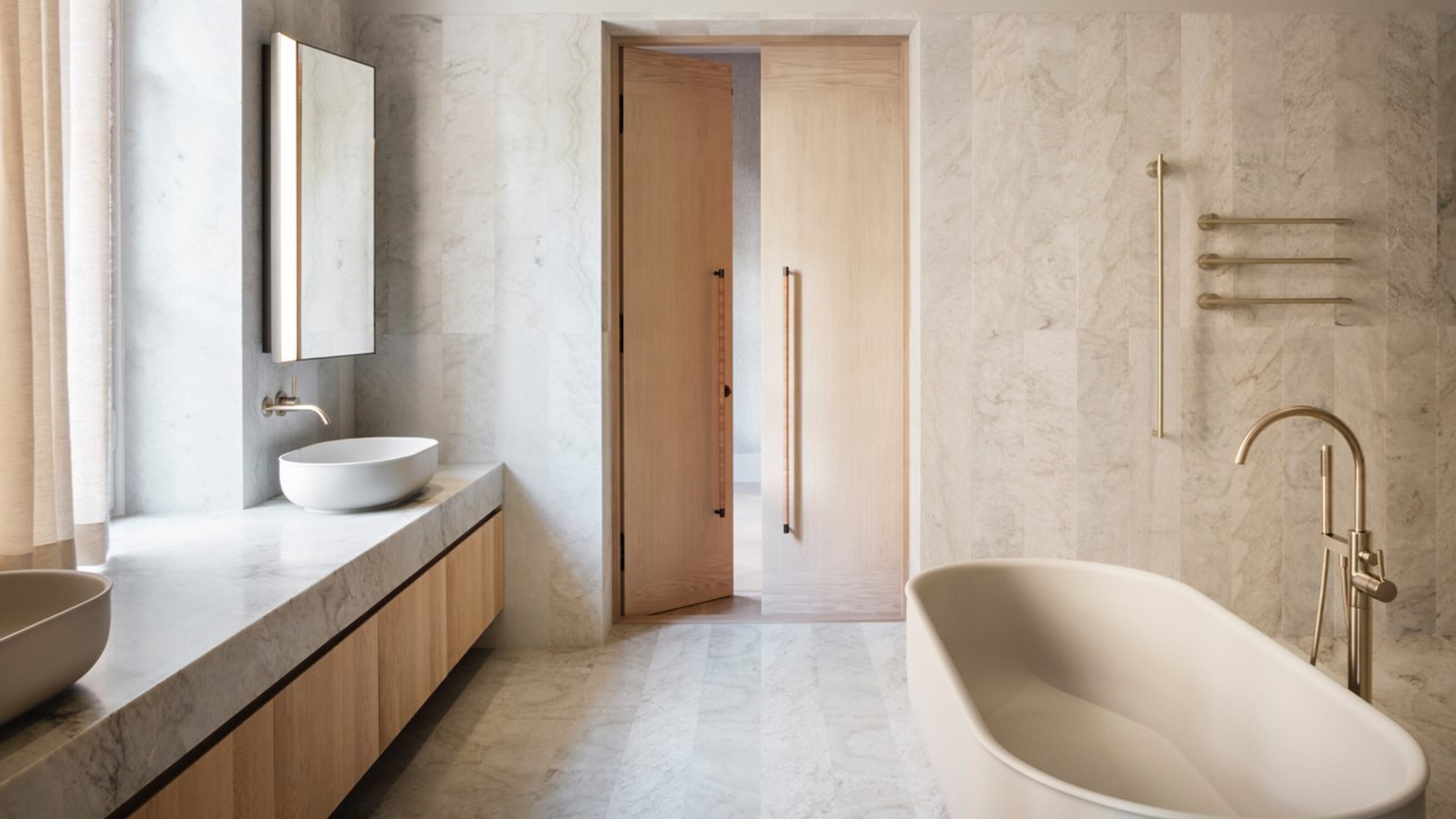
When it comes to how to design a hygienic bathroom, it's important to get the basics right at the beginning of the process, factoring in hygiene with those all-important design choices. But if you've inherited a space that you're looking to spruce up, there are lots of simple things you can do and materials you can invest in to make sure the space is clean and hygienic, and don't involve an interior overhaul.
'Making sure your house stays clean and germ-free has never seemed so important,' says Barrie Cutchie of BC Designs. To really make sure your bathroom is a safe haven and free from bacteria, we've put together eight handy pointers.

Oonagh is an interiors expert, editor and writer. For this story, she has spoken to her contacts in the bathroom industry to find out just how to keep these spaces clean and to a high standard.
How to design a hygienic bathroom in 8 easy steps
1. It's all about copper
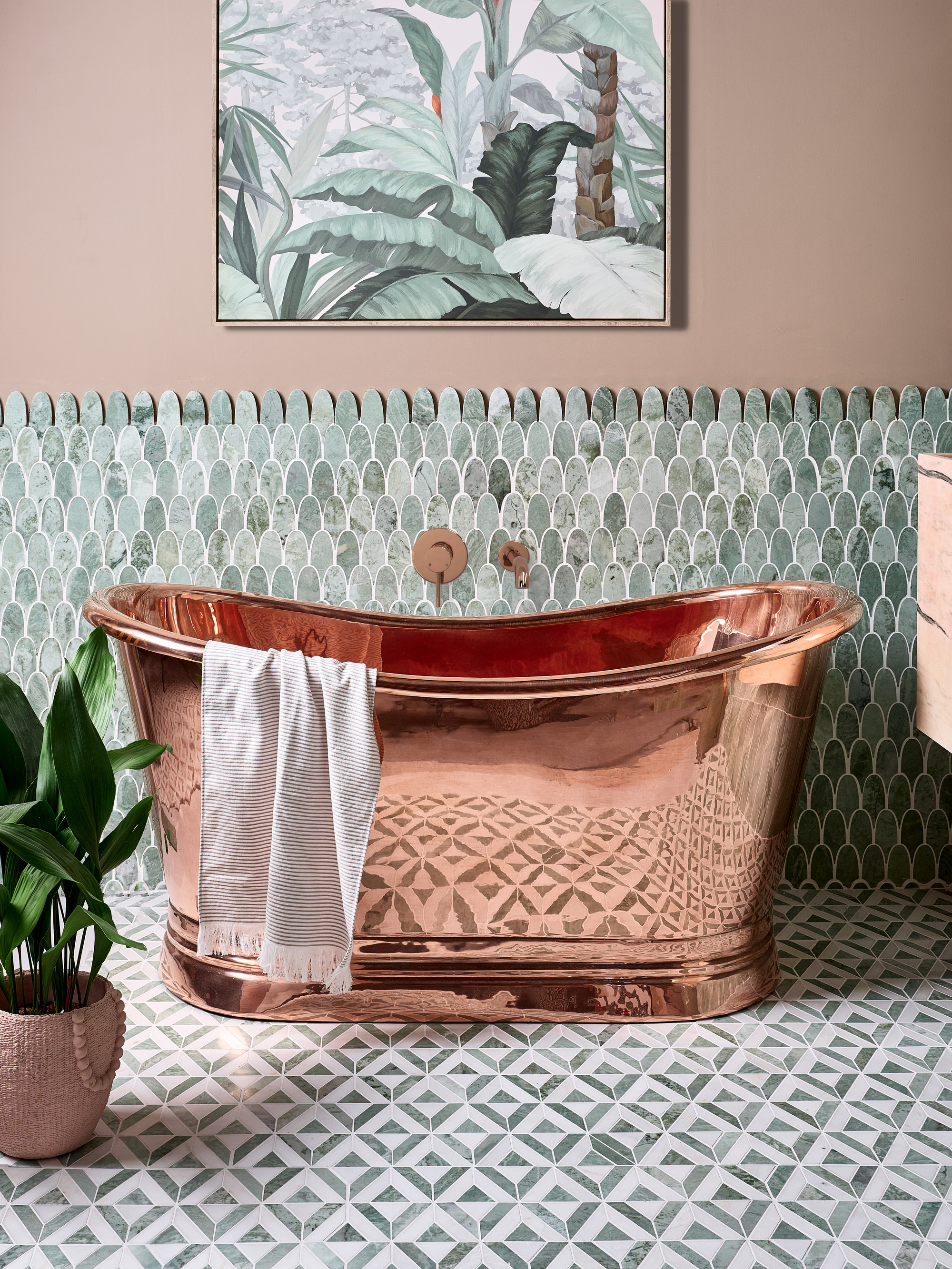
As far as metals go, copper is a practical choice for your bathroom. Not only does it deliver aesthetically, with its reflective quality bringing touch of glamor, but it is also a hygienic choice, naturally killing germs. It is a little-known fact that few homeowners are aware of. 'It's a super metal really,' says Barrie Cutchie of BC Designs. 'While most viruses can last for days on steel and glass, they are killed within hours or sometimes minutes on copper, and all this without any additional help from cleaning products.'
So what pieces can you opt for in a copper material? Copper baths and bathroom sinks are a good place to start. 'Manufactured using traditional handcrafted techniques that have been used for centuries, each copper bath is full of character and has subtle color variations, making it unique to the owner,' says Barrie of BC Designs own selection.
Combining this knowledge with a beautifully styled piece means people can combine functionality, safety and aesthetics into one beautiful piece.
2. Take care of grouting
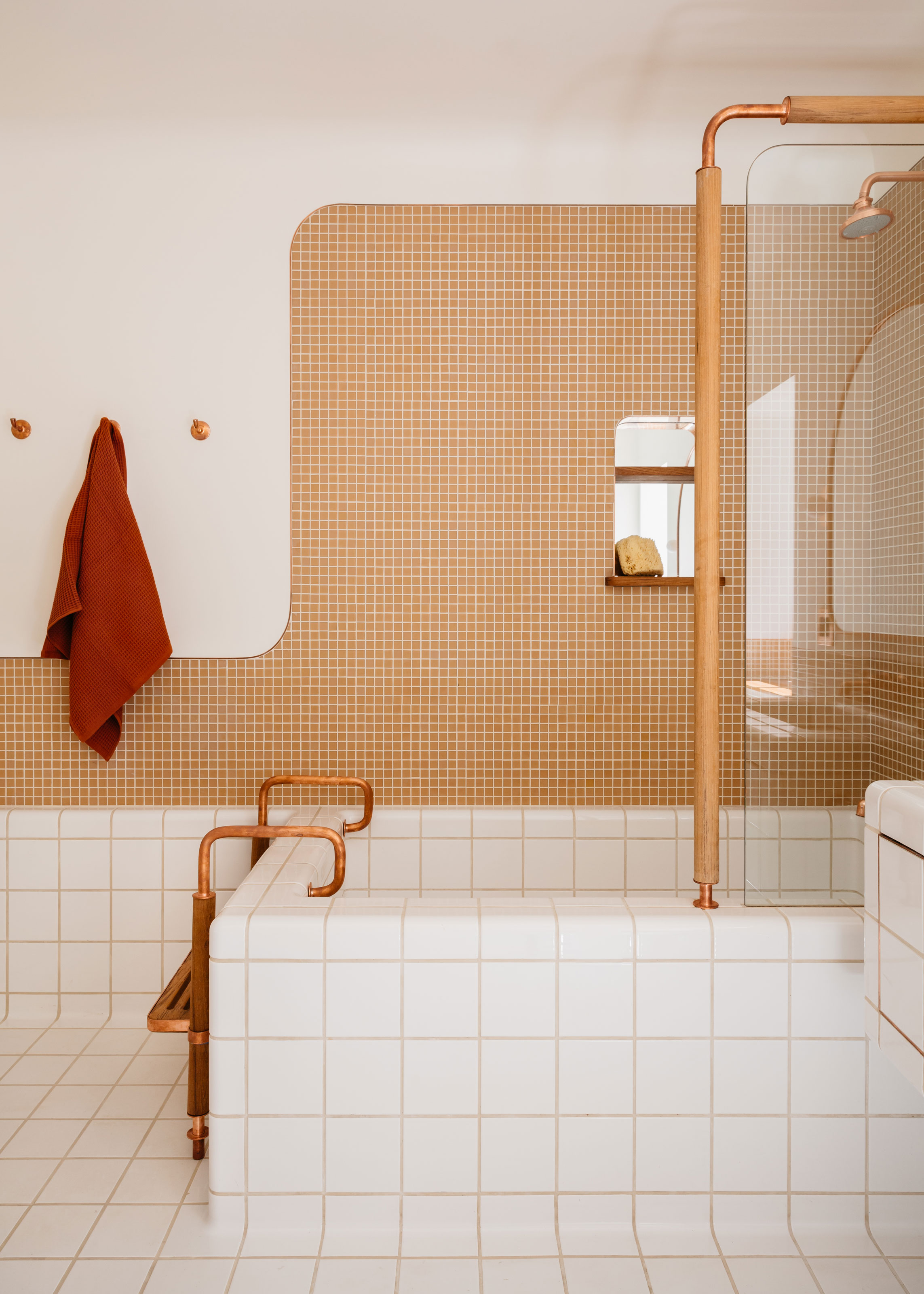
Grouting is actually a major location where bacteria can fester in a bathroom. The cracks between tiling on the floor can easily accumulate dirt, not only creating a breeding ground for bacteria but looking pretty unsightly and detracting from your beautiful tiling. While supersizing your grout might be on trend, when you're laying your floor tiles, instead consider no gaps between the tiles so that the bacteria doesn't fall down the cracks. ‘I tend to opt for colored grout tones on the floor, and go darker in tone as this will hide any dirt as the surface ages,’ says Yousef Mansuri, director of Design at CP Hart. ‘Using a pure white grout on a floor will ultimately end up looking a little tatty a year down the line, unless an epoxy grout is used.’
If you're looking more for preventative methods rather than how to hide the germs, consider keeping tiles close together instead of leaving a gap - of which 2-3mm is the standard size. Also make sure you're not using cement grout, or if you are, use a seal to stop the cement getting dirty. Epoxy grout is water resistant, works like a sealing adhesive so requires no sealing and is great for floor tiling.
The Livingetc newsletters are your inside source for what’s shaping interiors now - and what’s next. Discover trend forecasts, smart style ideas, and curated shopping inspiration that brings design to life. Subscribe today and stay ahead of the curve.
4. Go for stainless steel
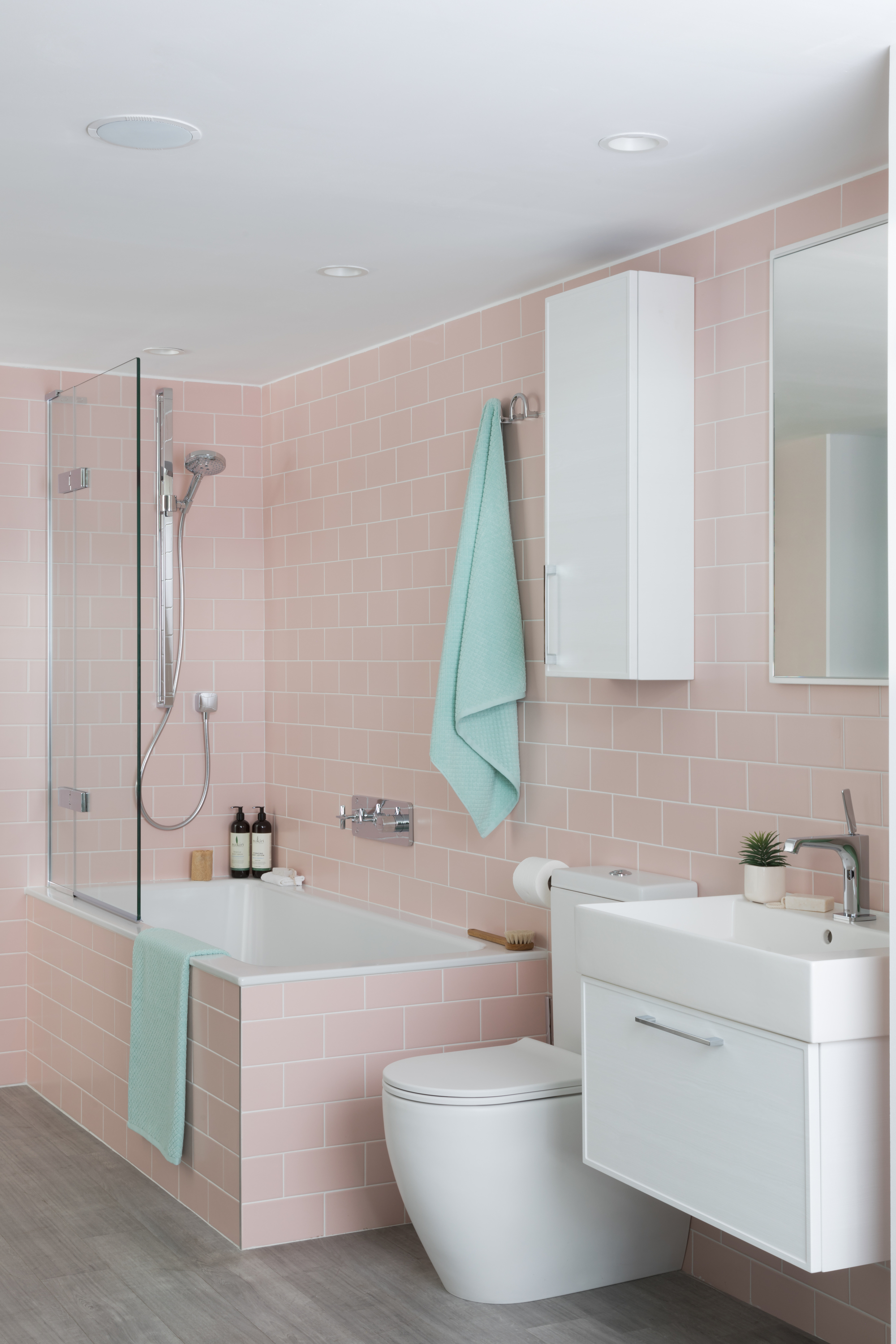
Stainless steel is another material that has many benefits, with hygiene being only one.
The material has a non-porous nature, meaning that it doesn’t collect bacteria or algae. It is also very hardwearing and has rust-resistant properties (even in humid conditions). This, along with the fact is also resistant to high and low temperatures, means it is a great material for heated towel rails, which can become very hot.
'If this wasn’t enough, Stainless Steel is also 100 percent recyclable, meaning this material is also a highly sustainable choice for bathrooms,' adds Yousef.
4. Think about flooring options
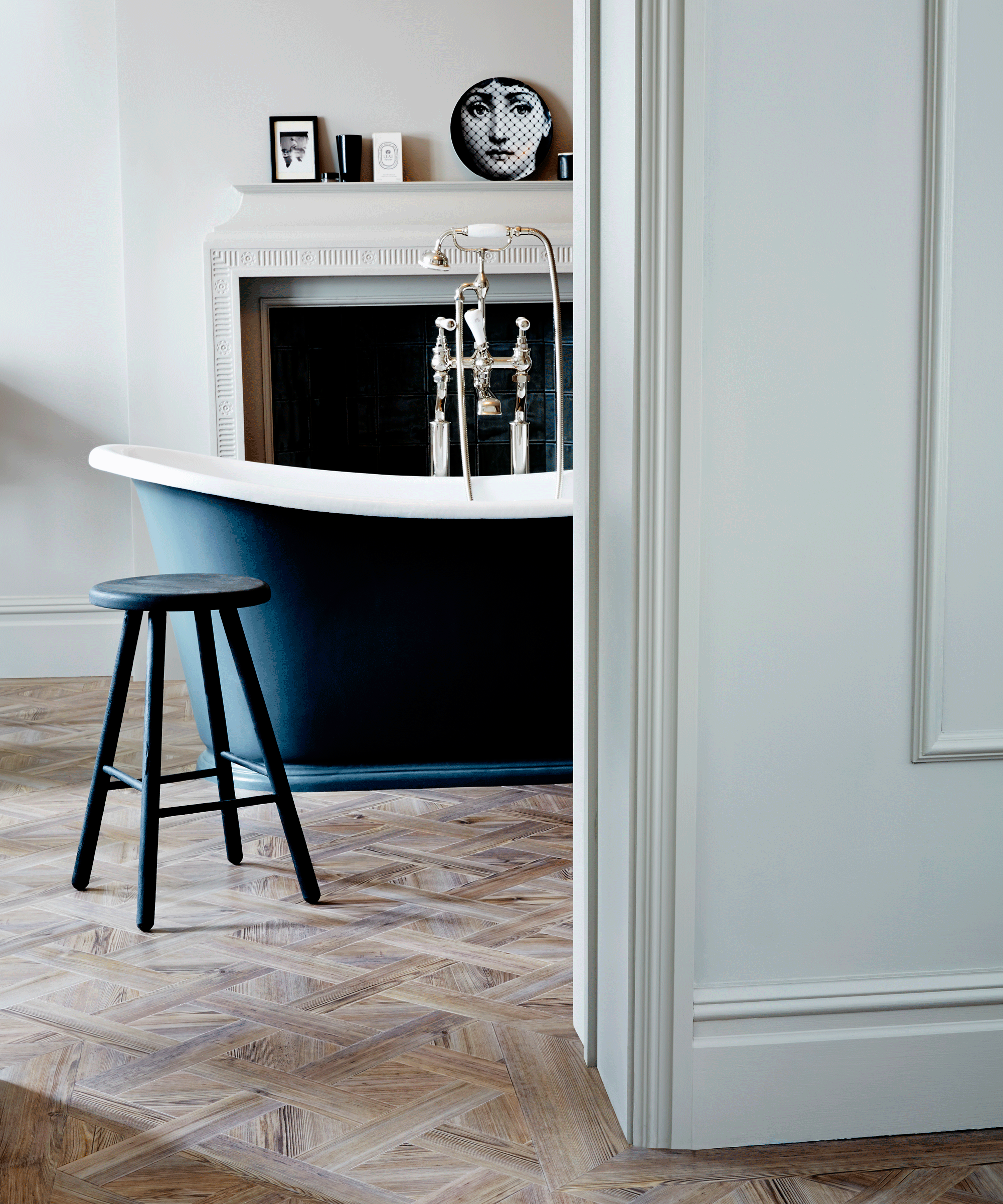
Think about a floor that is easy and quick to clean. Wood may look beautiful, but if it's not sealed and finished properly, it's susceptible to becoming a little worn over time. A badly ventilated room will also make for a damaged room further down the line. Vinyl is a great flooring option for the bathroom. It is an impervious layer meaning there is nowhere for bacteria and germs to hide, with a smooth surface making it super easy to clean. This floor is LVT, made up of layers of high-quality materials such as PVC vinyl and resin, and has several backing layers making it water and stain-resistant.
5. Keep the space uncluttered
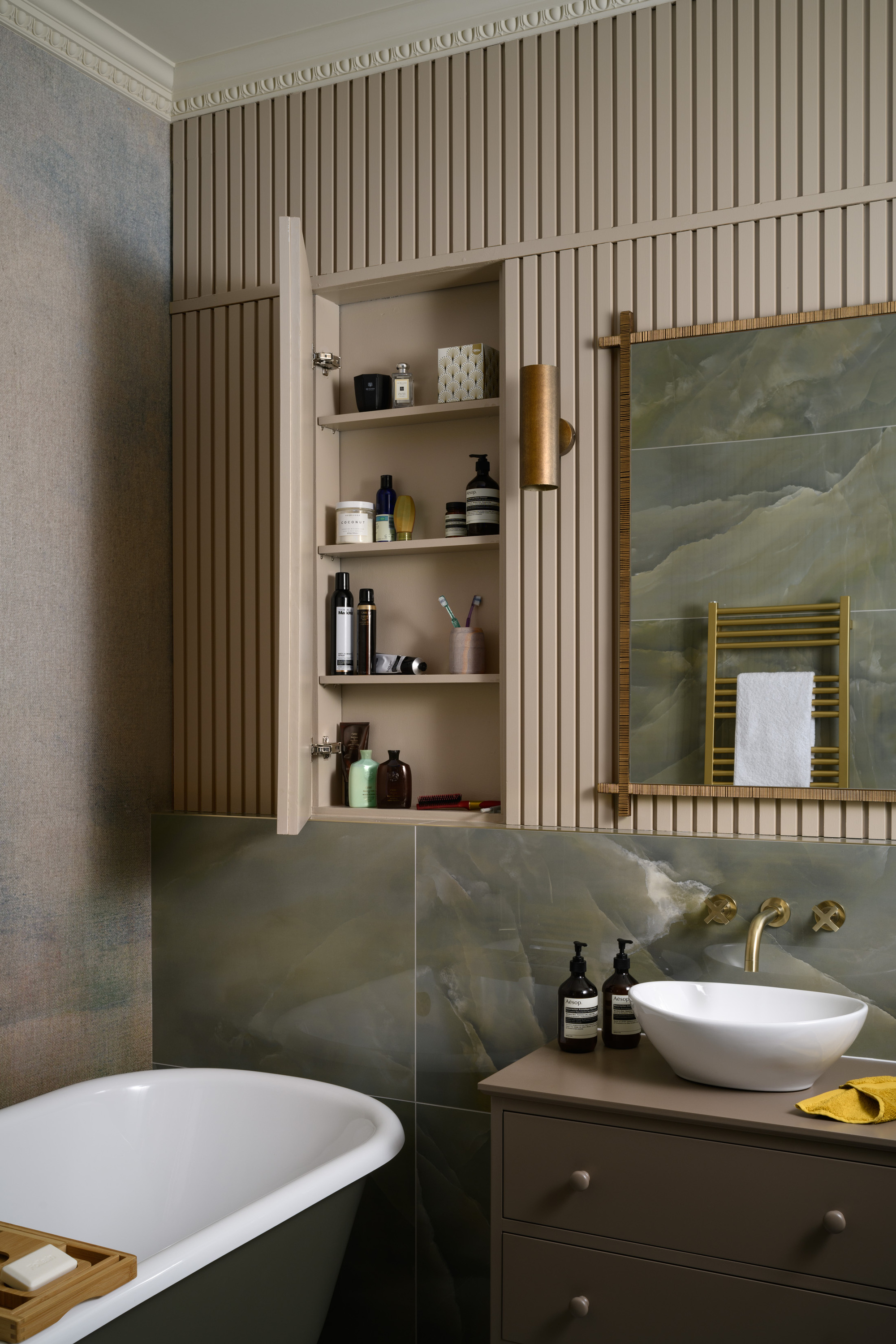
A simple rule, but one of the most effective - an uncluttered bathroom is going to be the most hygienic, and keeping on top of it, with regular cleaning, might sound simple, but is essential. 'Considering we start and end our days in the bathroom, how you set up your bathroom can make or break your day,' says professional organizer Laura Cottano. 'Not only how the bathroom is designed and decorated to suit your taste and create a feeling of calmness, but how things are organized.'
'Being organized is knowing what you have and where to find it - knowing the products you have and having them easily accessible is key to actually using them,' she says. Think about bathroom storage solutions and how you organize your shelves, make sure you decant bottles and do away with any empties, have a designated area for dry towels and keep them folded, and keep the space clean and seamless. It sounds simple, but if you declutter your bathroom, the hygiene will naturally fall into place.
Amber soap dispenser with rust proof pump with waterproof labels from Amazon
Keep your bathroom a clean and cohesive space with these soap dispensers, stopping you from harboring a collection of old, empty shampoo and conditioner bottles.
6. Ventilation and plant life
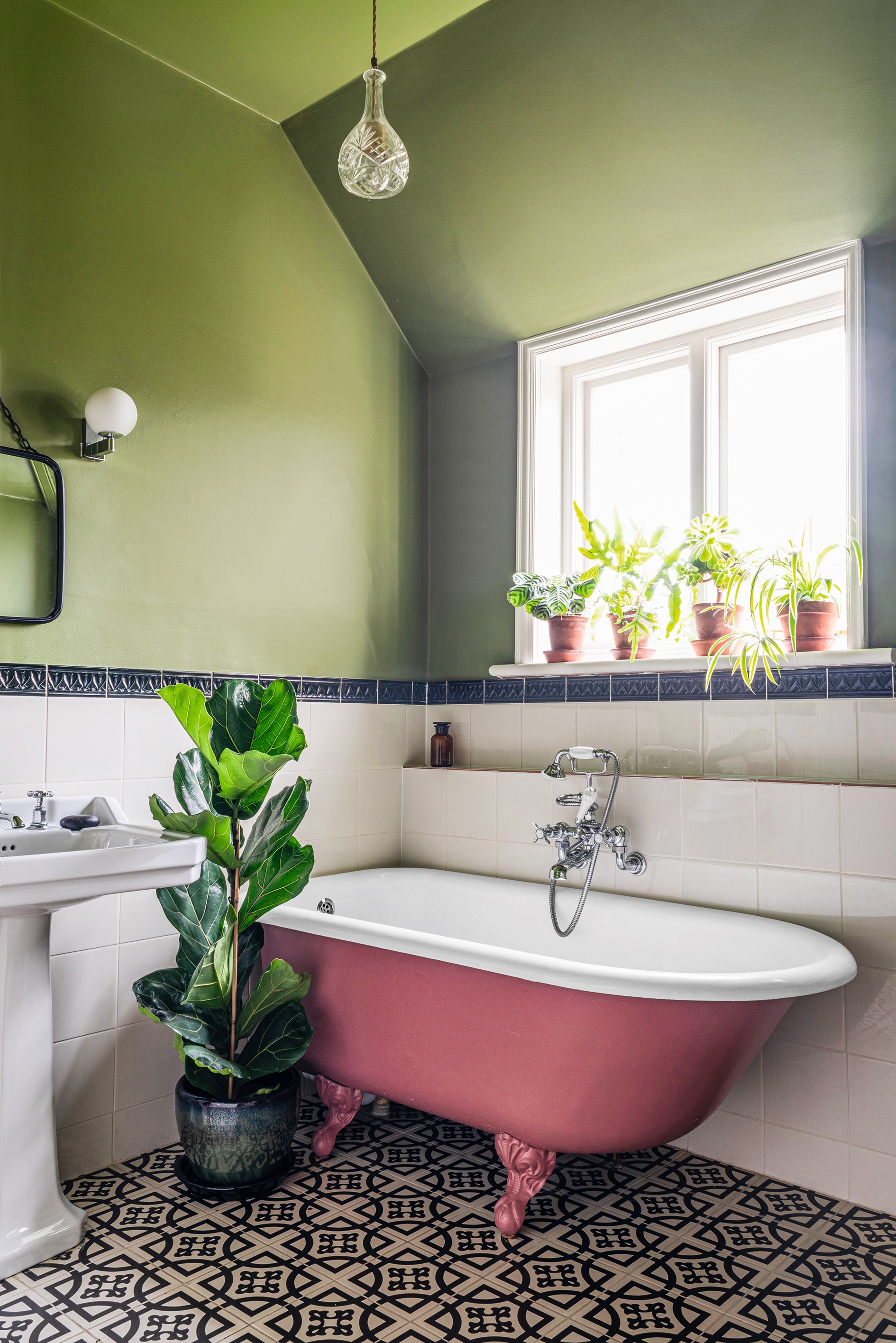
An exhaust fan is crucial for a hygienic bathroom, so make sure you factor that in early in the designing stage. These will pull moisture and absorb bacteria from the air and offset it outside.
Bath fans are sized according to the volume of air they can move, measured in cubic feet per minute. You need one cubic feet per minute for every square foot of floor area in your bathroom.
If you won't be doing your bathroom any time soon, there are simple natural ways to dehumidify. Get a dehumidifier to eliminate any moisture, make sure you wipe down walls after showering or bathing, and up your plant intake. Plants placed in the bathroom have the power to purify the air, stop bacteria and absorb extra moisture. What's more, they bring a nice feeling of nature and the outdoors into a room that is can be sterile and lacking personality.
Fiddle leaf fig tree from Amazon
A beautiful fiddle leaf tree that will bring the feeling of nature indoors to your bathroom. The plant thrives in indirect sunlight for the best growth.
7. Think about the paint you use
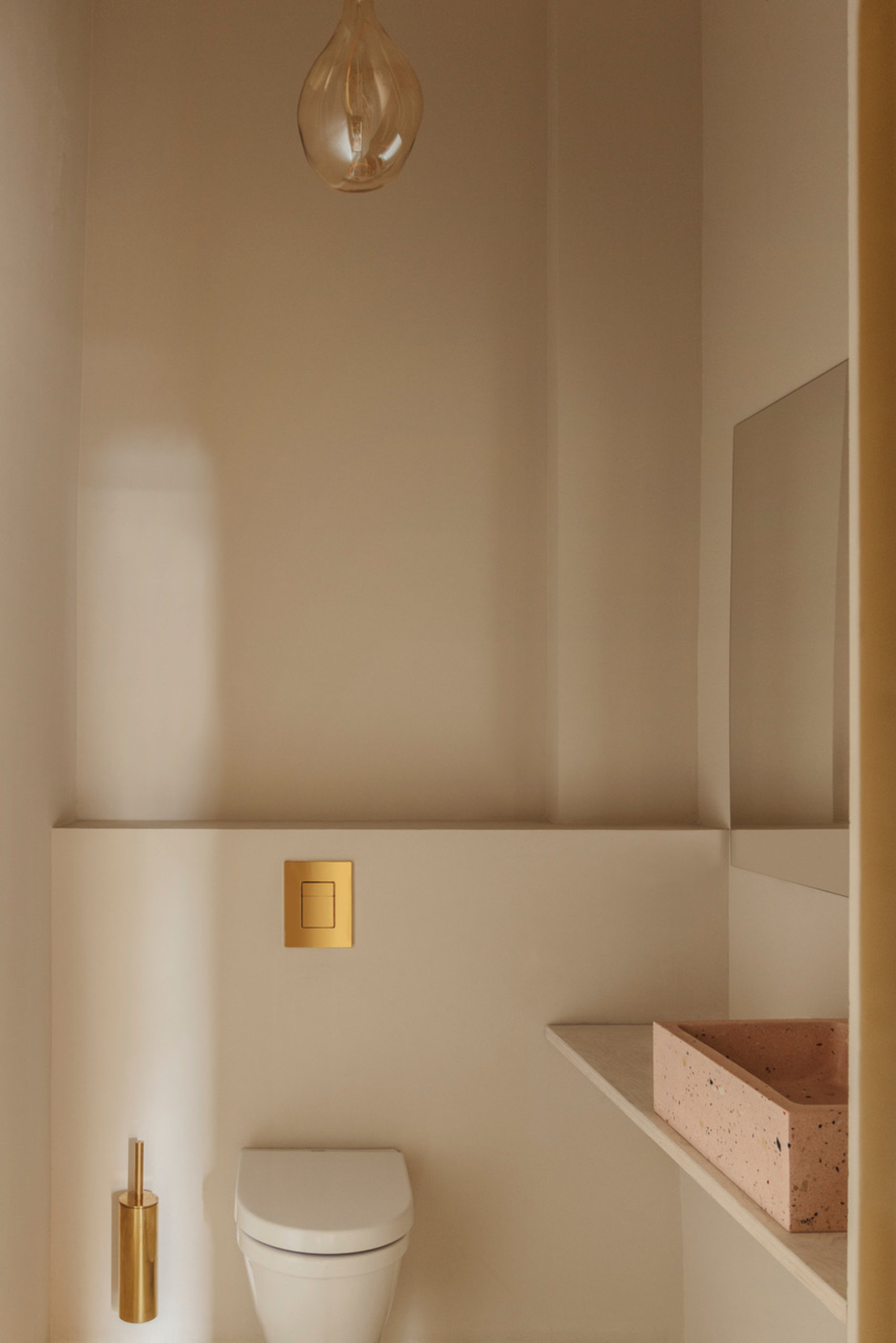
When painting your bathroom, it's important to take into account the damp conditions of the space. The bathroom paint needs to be mildew resistant, and if mildew does develop in the space, you need to act to remove the mildew first, resisting the urge to paint over it.
In terms of the type of paint, water-based latex paint is a better choice in comparison to oil paint, which releases volatile organic compounds (VOCs) and can yellow and discolor over time. Make sure it is water-based and washable without stripping the paintwork away.
The finish is also important. Matt paints have less resin and binders which mean that moisture can get into the paint. Semi-gloss or gloss is a better option, shiny and durable, it can be cleaned easily without scrubbing away the paint.
8. Try porcelain or ceramic wall tiles
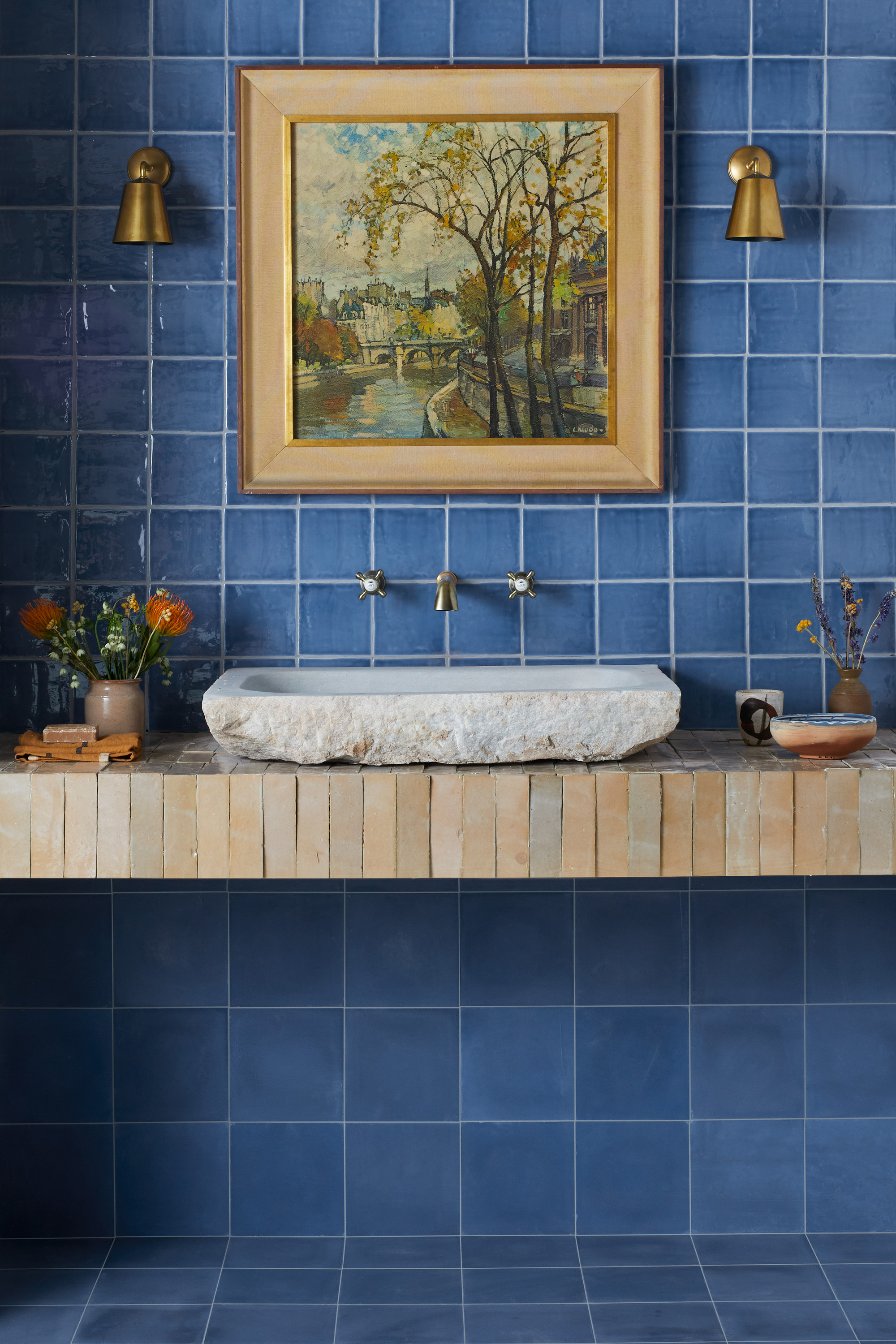
In terms of bathroom tile ideas, you might be surprised to know that your choice of wall tile can impact the hygiene levels of the room. Ceramic tiles are non-porous and have great natural qualities which mean they are inherently hygienic, while porcelain tiles absorb less then 0.5 percent of moisture because it is such a dense material. They are super easy to clean because of this and unlikely to harbor bacteria. When it comes to weighing up which is better, it is a close call and might come down to aesthetic preference because in terms of hygiene, it is hard to separate the two. These tiles by Bert and May are glazed and can be paired with either porcelain or ceramic in the same colors.

Former content editor at Livingetc.com, Oonagh is an expert at spotting the interior trends that are making waves in the design world. She has written a mix of everything from home tours to news, long-form features to design idea pieces, as well as having frequently been featured in the monthly print magazine. She is the go-to for design advice in the home. Previously, she worked on a London property title, producing long-read interiors features, style pages and conducting interviews with a range of famous faces from the UK interiors scene, from Kit Kemp to Robert Kime. In doing so, she has developed a keen interest in London's historical architecture and the city's distinct tastemakers paving the way in the world of interiors.
